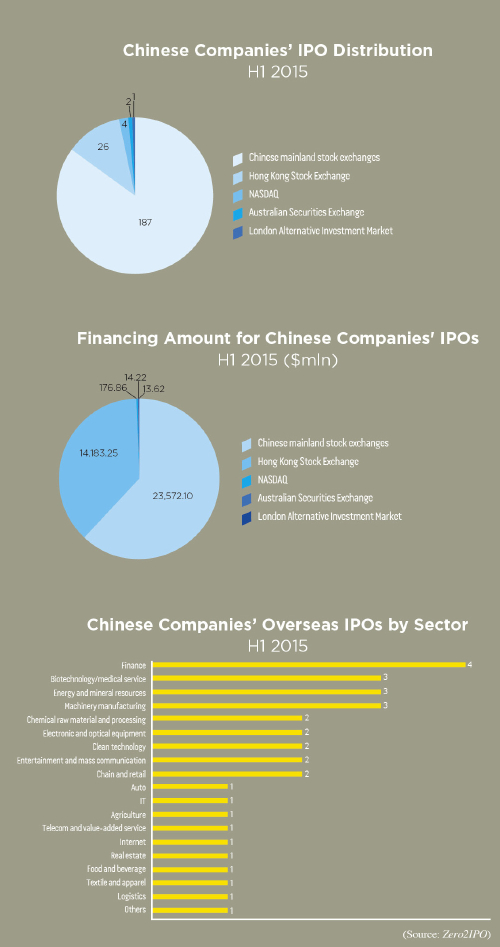OPINION
More Freedom in Lending
A draft amendment to China's Banking Law passed on June 24 removed the 75-percent loan-to-deposit ratio stipulation, a regulation index that China has kept for two decades. The decision comes as the government is at pains to channel credit to the real economy to support growth. However, the central bank still has stringent control over the volume of loans issued by commercial banks, which has led to stubbornly high mid- and long-term rates and limited support from commercial banks for the real economy. Against the backdrop of market-oriented financial reforms, should we also kiss the planning of loan volume goodbye?
Management of credit resources is the area deepest affected by the regulatory mindset of administrative controls and planned economy. Previously, three indexes are used by authorities to restrict China's credit resource--the reserve requirement ratio, the loan-to-deposit ratio and the control of loan volume, making it difficult for businesses to get low-cost loans. Worse still, it has distorted government policies and created tight credit conditions in financial markets despite loose monetary conditions.
As independent market entities, China's commercial banks have become more competent in corporate governance, operation management and risk control after getting listed. Then, is it really necessary for regulatory authorities to continue their firm grip over the amount of loans issued by banks?
The control of loan volume started in 1984 in China as a major means of managing the amount of cash injected into a planned economy. In 1998, management of loan volume was changed from a mandatory plan to a guidance, which allowed commercial banks to seek a balance between the capital source and the use of the capital. However, regulatory authorities re-enforced the mandatory plan of loan volume amid rampant credit expansion after the 2008 global financial crisis, in order to cushion the impact of the crisis.
Controls over loan volume have--to an extent--subdued the vitality of banks and caused a slew of problems.
First, it has distorted the monetary policy. Since the economic slowdown in 2012, China's central authorities have adopted a prudent monetary policy that requires a moderate amount of liquidity to meet the financing demand of the real economy. However, under the rigid control of loan volume, a prudent monetary policy has become a de facto tight one when implemented.
Second, it has disturbed the operation of banks and the real economy. The control over loan volume makes credit resources scarce. At the beginning of each year, there would be a boom in lending while at the end of the year, banks would have little credit quota or even halt lending completely. Such a fluctuation in lending activities will enlarge economic fluctuations.
Third, it has raised financing costs. Regulators make arrangements for how many loans a bank can issue, when the bank can issue them, and to which sectors the bank should issue the loan. However, those arrangements may contradict market demand. Credit fails to get to the place where it's due, leading to higher financing costs in the real economy.
Fourth, it has exacerbated the irrational expansion of shadow banking. Because of the strict control over loan volume, banks would launch trust funds, money management products and interbank businesses under the name of "financial innovation," while actually issuing high-rate loans by skirting supervision. Having expanded rapidly in recent years, those shadow banking businesses are a source of enormous risks as they are beyond conventional statistics and monitoring and therefore are beyond the supervision radar of the central bank and China Banking Regulatory Commission.
Admittedly, the loan-to-deposit ratio, reserve requirement ratio and control of loan volume used to play a vital role in macro-controlling and stabilizing China's financial markets when the markets were unsound and market entities were not sensitive to interest rates. However, circumstances have changed with the passage of time. A more market-based management model should be adopted given new progress in China's reform and development.
The management model over credit resources should be reformed by canceling all the planning indexes, and a set of internationally accepted supervisory measures should be adopted to let the market play a decisive role in allocating credit resources. Only in this way can the financing demand of the economy be satiated without having to roll out massive stimulus measures. By removing the restraints of planned control on credit, the enormous capital in the shadow banking system can find a way to flow back to conventional banks and be included in the supervisory system. This way, financing costs for businesses can be lowered, and, the problem of obtaining funding and high funding costs will to a great extent be mitigated.
This is an edited excerpt from an article published in Economic Information Daily
NUMBERS
25,000
Number of new-energy vehicles produced in China in June, four times the amount in June last year
160,000 units
Exports of civilian drones from China from January to May, 69 times the amount of the same period in 2014
$89.1 bln
Net profits of China Investment Corp. (CIC), the sovereign wealth fund in 2014, $2 billion more than 2013
422.63 bln yuan
The total revenue of China's radio, film and television industries in 2014, an increase of 13.16 percent from 2013
5.47 mln square meters
New-home sales in Shanghai in the first half of 2015, jumping 34.8 percent year on year
$244 bln
Chinese exports to nations along the Silk Road Economic Belt and 21st Century Maritime Silk Road from January to May, accounting for 27.7 percent of China's overall exports in the same period
50 bln yuan
Amount of money that China's central bank injected into the money market to boost liquidity through open market operations on July 7
100,000
Number of direct job opportunities for local civilians created by China-funded projects in Sri Lanka within the past five years

Copyedited by Kylee McIntyre
Comments to yushujun@bjreview.com
